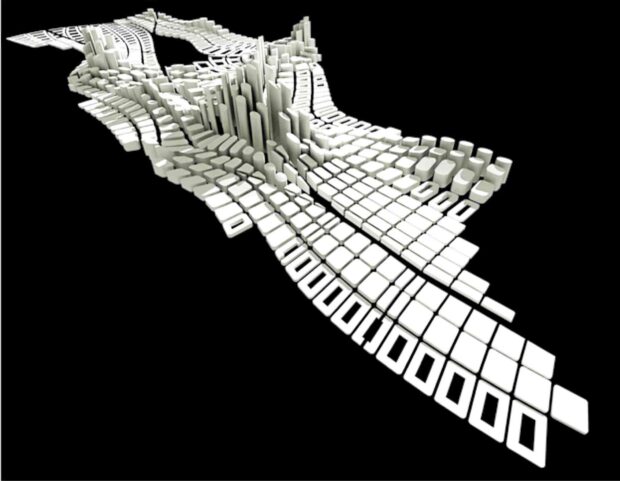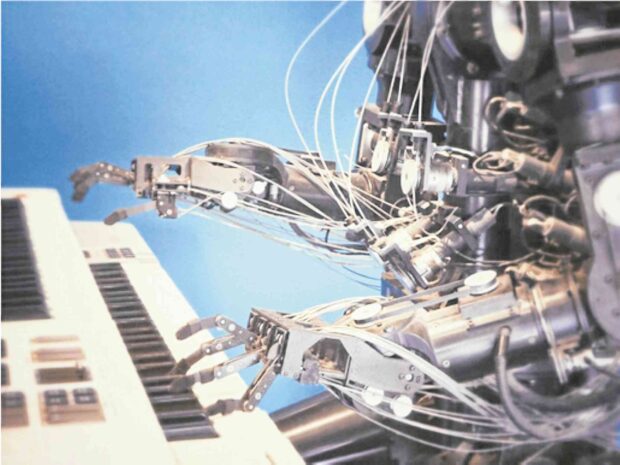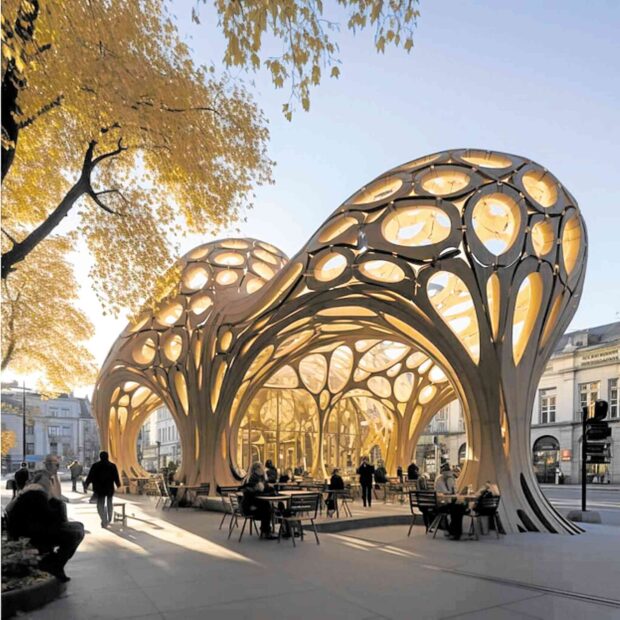Democratizing creativity
In the late 1980s, while working as a young designer in an architectural firm, I witnessed a product demonstration for a CAD software—the first version of the now ubiquitous digital drawing program.
At the time, Computer Aided Drawing and Design was yet to gain mass adoption as the alternative to manually drafted technical drawings. Despite the promised accuracy and precision of CAD, my boss remained unimpressed with the demonstration and challenged the salesman by pushing a teacup across the table saying, “Draw this in CAD.” Unsure of the keyboard command to draw curved lines with his MS DOS-powered software, the poor salesman simply had to pack his stuff and leave.
Today, the archaic ways of producing technical drawings by pencil on paper may seem as primitive and perplexing as prehistoric cave paintings, but that was how the brutalist buildings in our CBDs that we now celebrate were designed. At that time, the computer was just beginning its epoch-making debut in many fields, design just being one of them. But eventually, it transformed all aspects of our lives. Curvilinear teacups can now be drawn digitally with ease.
Literacy and culture change
Drawing is just another means that humans invented to communicate ideas and convey knowledge—turning thoughts into symbols that can be understood by other minds. Throughout history, we have evolved our methods to communicate using verbal language, pictograms, or abstract symbols that further evolved into letters and written words. These methods, when coupled with advancement of technology, have pushed civilization forward.
Just imagine the alphabet—26 abstract symbols which when combined in various ways can represent and communicate our thoughts and convey these across time and space. The written language allowed people to systematize and store knowledge. Knowledge thus codified and stored, when paired with the technology of printing, allowed ideas to be transmitted, thus democratizing information by enabling the masses to access and harness knowledge. The hegemony of the ancient intellectual elite was ended with development of the printed word.
Article continues after this advertisementLiteracy became the principal source of culture-changing information. It effectively reconfigured the world and enabled record-keeping, commerce, administration, law, governance, exploration and the growth of civilization and cities. New mediums of communication, once imbedded in a society, altered its cultural patterns and shaped its perceptions of reality—old norms changed, world views were revamped, social order transformed.
Article continues after this advertisementToday, we are again on the verge of an epoch-making transformation by a new medium of knowledge transmission—Artificial Intelligence. AI has become imbedded in our daily lives—helping us navigate traffic, recommending movies to stream on media platforms, guiding our online searches and finishing our sentences. It is already altering the human experience. With the aid of AI, arcane tasks such as computer coding may be accessible to a vastly larger segment of the population. But more profoundly, AI has entered the realm of idea generation. Nowadays, a simple text prompt such as “draw me a teacup” on an AI phone app will generate numerous images of it within seconds. This type of generative AI is transforming graphic design, art, writing, media and is enabling the democratization of creativity in the same way that literacy allowed the democratization of knowledge.
Is AI just a better pencil?
AI is now capable of learning—consuming data then drawing observations and conclusions from them. Exact inputs and outputs are no longer necessary. Imprecise commands can be interpreted, and the output iterated. It has even evolved to the point of what some machine learning experts refer to as “emergence”—identifying solutions that are novel to humans by learning from its own inputs, or exhibiting abilities for which it was not explicitly programmed for.
In the medical field, AI has been used to discover new antibiotics to combat drug-resistant bacteria, digitally screening and testing millions of molecular combinations and coming up with novel compounds that are effective for specific pathogens. Imagine the technology being applied to materials science—new and more effective construction materials that are discovered and developed at the molecular scale through the use of AI.
I think, therefore I am (I think)
Revolutionary technology tends to displace old ways of doing things as well as old skills—the use of gunpowder made the skilled archer and swordsman obsolete, the team of experienced draftsmen by the CAD or BIM encoder, the chess grandmaster beaten by a computer. Esoteric knowledge is demystified and democratized, enabling them to upskill ordinary people to outperform the experienced elite.
Designs can be optimized by AI. Structural and other engineering systems can utilize AI and machine learning software to arrive at building solutions that improve performance while reducing cost or negative impacts. On a larger scale, AI can optimize traffic flows based on real-time data, improve the distribution of services, reduce emissions and resource consumption. Algorithm-designed structures and spaces, known as parametric architecture, explore forms and structures based on mathematical inputs and be assisted further by AI by combining machine learning algorithms to create even more complex and site-responsive models that may be beyond the creative capacity of traditional designers.
Can AI-assisted parametric techniques be applied to heal our cities, the most complex invention of humanity? Can cities perform optimally by emulating the complex neural model of the brain—analyzing the interrelationship between the various parts of an urban area, learn and adapt in the process? If so, how will our current social structures, governance mechanisms, institutions change as we increasingly rely, and perhaps become dependent on AI to decide on our most complex problems?
Without a doubt, AI is already augmenting human thought, reasoning and creativity, the most distinctive attributes of our species. We have started to relinquish more of the intellectual heavy-lifting to machines, allowing them to solve problems of high complexity that have stymied our human brains. We are entering a new era of unprecedented knowledge, albeit one that is not entirely our own. This challenges the basic philosophy regarding our sense of self. What then of Descartes’ aphorism, “I think, therefore I am”? Are we expanding our knowledge, or is knowledge receding from us?
The author is founder and principal of JLPD, a master planning and design consultancy practice. www.jlpdstudio.com


